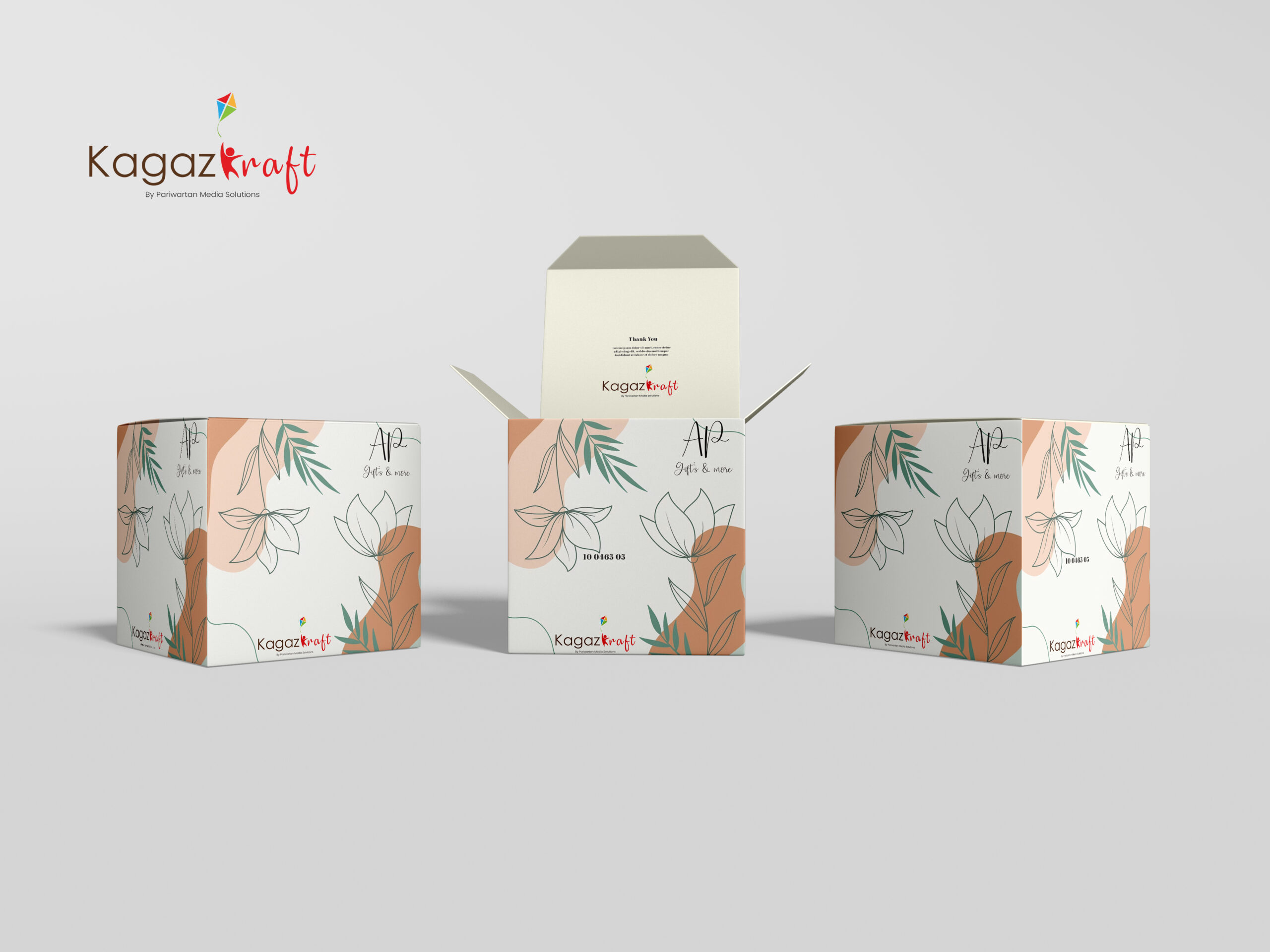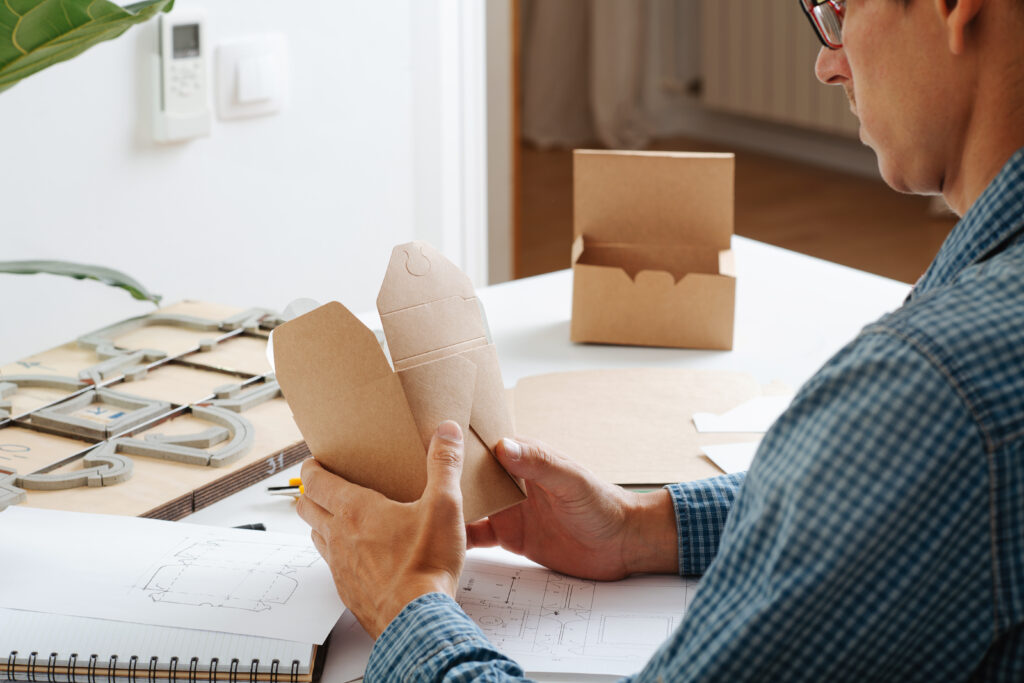Crafting a custom product box that not only protects your merchandise but also showcases your brand identity is a key aspect of successful marketing. In this comprehensive guide, we will take you through the journey from concept to creation, providing valuable insights to help you design a custom product box that stands out on the shelves.

Understanding the Importance of Custom Product Boxes
Custom product boxes go beyond just being containers; they serve as silent brand ambassadors. Consumers often make purchasing decisions based on visual appeal, and a well-designed box can convey the quality and uniqueness of your product. Moreover, it fosters brand recognition, loyalty, and can even encourage repeat business.
Key Steps in Designing Your Custom Product Box
1. Define Your Brand Identity

Before diving into the design process, it’s crucial to have a clear understanding of your brand identity. What values does your brand represent? What emotions do you want your customers to associate with your product? Answering these questions will lay the foundation for a design that resonates with your target audience.
2. Research Your Target Market

Know your audience. Conduct thorough research to understand the preferences and expectations of your target market. This information will guide you in creating a custom product box that appeals directly to your potential customers.
3. Choose the Right Materials

Selecting the appropriate materials for your custom product box is essential. Consider factors such as the nature of your product, environmental impact, and budget. A sustainable and visually appealing box can contribute positively to your brand image.
4. Create a Visually Striking Design

Work with a professional graphic designer to bring your vision to life. Incorporate your brand colours, logo, and any unique design elements that set your product apart. A visually striking design captures attention and makes your product memorable.
5. Include Informative Content

While aesthetics are crucial, don’t forget about the importance of conveying information. Include key details about your product, such as benefits, usage instructions, and any certifications. This helps build trust with consumers.
6. Ensure Practicality and Functionality

A beautifully designed box should also be practical. Ensure that it is easy to open, protects the product effectively, and can be stored conveniently. Practicality enhances the overall user experience.
Related Posts

Brochure Marketing Strategies: How to Maximize Impact and Reach Your Target Audience
Brochure Marketing Strategies: How to Maximize Impact and Reach Your Target Audience In the ever-evolving landscape of digital marketing however,

Choosing the Right Brochure Format for Your Business: A Comprehensive Guide
Choosing the Right Brochure Format for Your Business: A Comprehensive Guide In the dynamic landscape of business marketing, brochures remain

The Packaging Journey: How to Optimize Packaging for the Entire Supply Chain
How to Optimize product box Packaging Journey for the Entire Supply Chain The product box packaging journey of a printing and packaging company involves

The Art of Packaging: How Product Boxes Impact Brand Perception
The Art of Packaging: How Product Boxes Impact Brand Perception In the competitive landscape of business, where first impressions matter,

Unleashing Creativity: Customized Stickers for Printing Services
Unleashing Creativity: Customized Stickers for Printing Services In a world where first impressions matter, the shape and design of stickers

How to create Custom Product Packaging Label Design
how to create Designs for Custom Product Packaging Label In the competitive world of product marketing, the importance of effective

